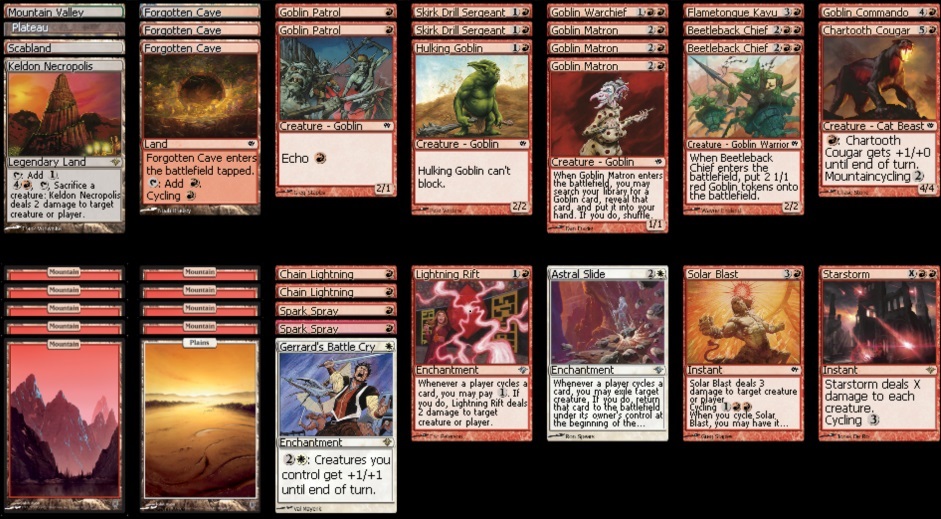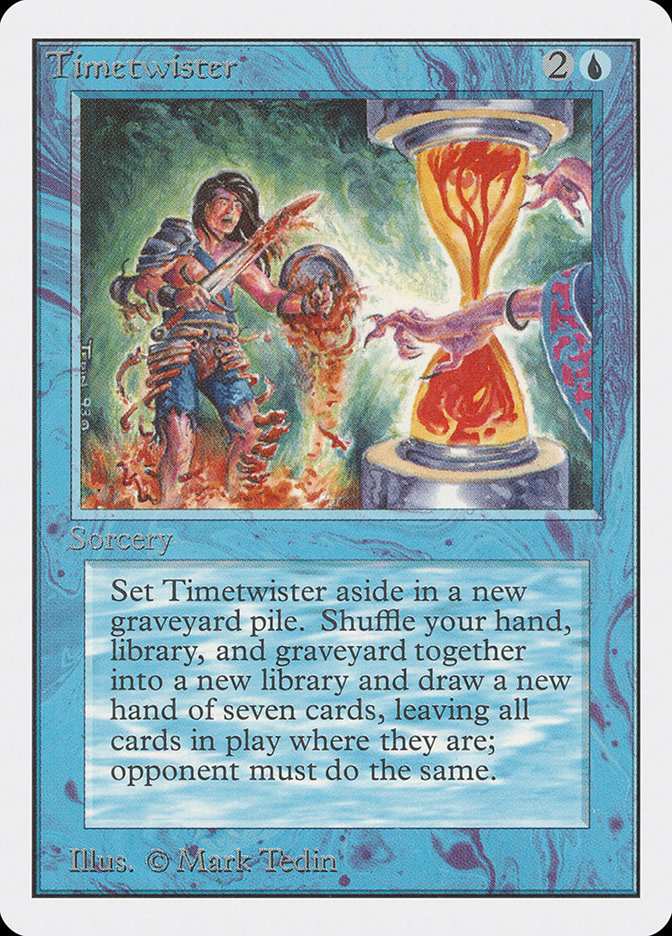 Timetwister is a very powerful Magic card. While somewhat maligned because of the disparity of its power level relative to the other Power Nine, the effect of Timetwister is still mighty powerful.
Timetwister is a very powerful Magic card. While somewhat maligned because of the disparity of its power level relative to the other Power Nine, the effect of Timetwister is still mighty powerful.
And you wanna know what is awesome? You are given the chance to cast a free mini-Timetwister at the start of every single game of Magic you will ever play!
Mulliganing is one of the things in Magic that is most-often complained about. “Oh, I mulliganed to five in game three and got crushed, I’m so unlucky!” Yet it’s easy to forget that it would have been even more likely for you to get crushed if you had kept that seven-land hand, so mulliganing actually gave you a realistic shot at winning the game.
While some mulligan choices are obvious…





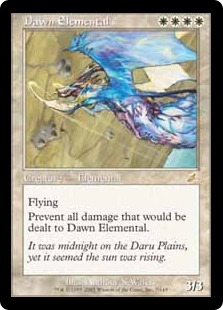
…many others are not, and making proper mulligan choices on borderline hands is an extremely important skill.
Why Mulligan?
While we don’t really want to mulligan, we do get to, so lets look at the questions we need to ask ourselves which would lead us to choose to cast our own free mini-Timetwister.
- Do I have enough land / too many land / the right color lands?
This is the most common situation, and pretty clearly illustrated in our Dawn Elemental example. Typically this means that problem hands are ones with less than two or greater than four lands, but different decks and different matchups and formats can have different restrictions.
A deck like RUG Delver in Legacy is going to have a ton of very good one-land hands while a deck like Esper Control in Standard should never realistically keep any one-land hand. These things are usually fairly obvious.
- Am I on the play or the draw?
Being on the play or the draw can have pretty big impact on the types of hands you can keep, as a player on the draw is more likely to keep a somewhat-riskier hand because they will be seeing an extra card before they even play their first land. While this means you can be a little looser with your keeps on the draw, it’s also important to recognize the impact of going first or second on the texture of your hand.
This is my game one hand from round ten of the Invitational:
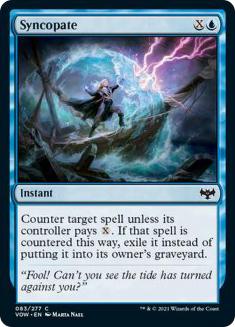
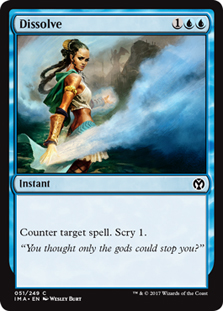
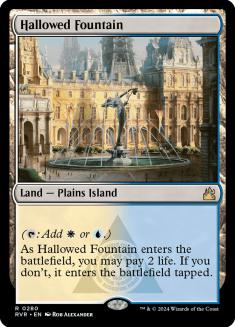
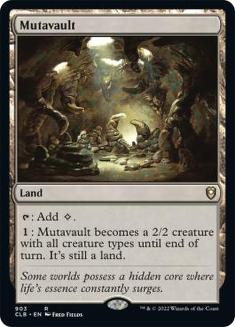
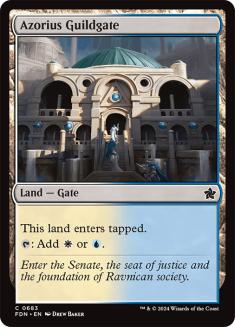


While unexciting, this hand is definitely keepable on the play. Most decks in Standard don’t have relevant turn-one plays, which means I will be able to answer my opponent’s first two threats while having perfect mana, a scry, and a Mutavault to hold things off till I draw some more relevant cards. I will be making my first five land drops, meaning every spell off the top is going to be live, and my deck has plenty of card draw to gas me up in the midgame (4 Divination, 2 Jace, Architect of Thought, 4 Sphinx’s Revelation).
However, there is one glaring problem with this hand. For this game, I had lost the die roll.
This hand is completely unkeepable on the draw. Turn two and three are very big turns in Standard, and just about every reasonable deck in the format has a very powerful two-drop that will absolutely punish this hand. Mono-Black has Pack Rat, Monsters has a turn-two Domri Rade or Courser of Kruphix off of an Elvish Mystic, Burn has Eidolon of the Great Revel, and any creature deck is going to have a two-drop.
My opponent played a turn-two Pack Rat and simply made tokens over the next few turns while my counterspells rotted in my hand.
It is important to recognize what other decks are going to be doing and how your hand is going to line up against it both on the play or the draw, and this is a good example of a hand that goes against the conventional wisdom of ‘you can keep looser hands on the draw.’ Another good example is a hand with only Hero’s Downfall as a removal spell in the Mono-Black mirror, as on the play you can kill a Pack Rat before they can make a token but on the draw you cannot.
- What am I playing against?
What you are playing against has perhaps the greatest bearing on the types of hands you can keep, especially in older formats with combo decks. While it is difficult to know this information in the first game unless you are late in the tournament, it is a huge factor in your post-sideboarded games.
Some hands that are completely unkeepable against some decks are actually fantastic against others. Looking at the Syncopate/Dissolve hand from our last example, that hand would be a fantastic keep in any sort of Sphinx’s Revelation mirror both on the play or on the draw.
This is my hand from the second game of round four at the Invitational, against a Mono-Green Devotion deck. I’d won game one, and was on the draw for game two:
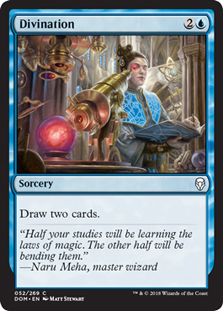

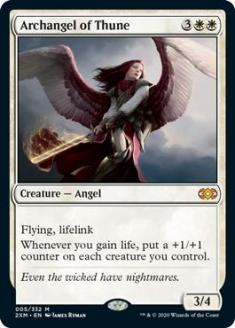




While the hand looks all right – it’s got lands, spells, card draw, and a big finisher – this hand is actually awful. I know I am going to be on the draw against an aggressive deck that is extremely weak to Supreme Verdict, has no real answer to Jace, Architect of Thought, and has no real late-game beyond four Mistcutter Hydras. This is a very grindy, card advantage-based hand that would be great against some sort of Thoughtseize deck, but is in extreme danger of falling behind to any reasonable draw from our opponent without ever seeing our best cards in the matchup.
I kept because I figured on the draw I had two shots at one of thirteen two-mana interactive spells (3 Last Breath, 4 Azorius Charm, 2 Syncopate, 2 Deicide, 2 Celestial Flare) and that I could survive and pull it out because the matchup was already so good. I actually drew a Last Breath on my first turn and still got crushed because I was never able to find a Supreme Verdict or more good answers.
This is also extremely important in older formats where combo decks can threaten very early kills.
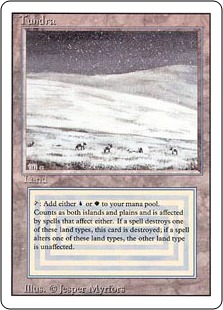
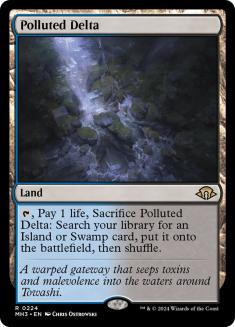
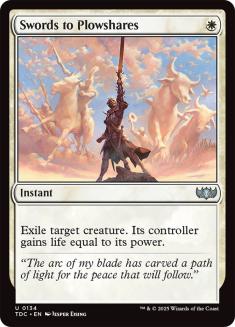
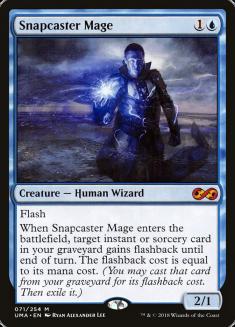
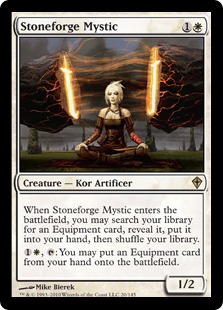

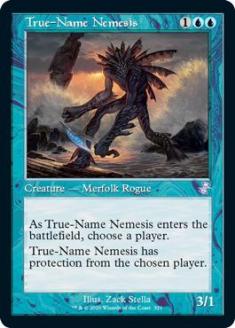
While a hand like this looks pretty good, if you know you are going to be playing against Sneak and Show or Storm this hand is completely unplayable as it provides zero interaction. You are much better served by shipping this back looking for Force of Will, Spell Pierce, Thoughtseize, or whatever sort of interaction your deck has to give you, even if it requires going down to five cards.
- What is my plan?
Another way to look at these sorts of post-board scenarios is to examine what your plan is in the matchup. Like we said in the Legacy example, very often your plan against combo decks is going to be to try and present the fastest clock possible with some sort of disruption to back it up.
In Standard things are a bit different, but knowing what your plan is and if your hand is capable of executing that plan is still extremely important.
This hand likely cost me my Top 4 match at SCG Providence recently, and with it a very good shot at the trophy:

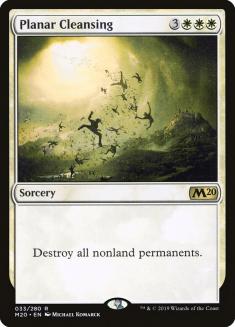
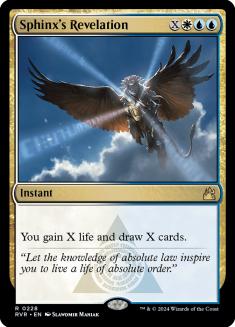
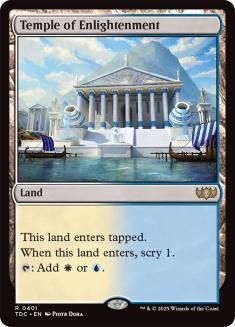



It was game two against Ross Merriam’s Mono-Blue Devotion, and I had won a fairly decisive first game and would be on the draw. Ross had kept his seven and I was presented with this hand. While it looked a tad slow, it did have a turn-four Supreme Verdict which was extremely potent against him, so I decided to keep it.
However, that’s not how post-sideboarded games against Mono-Blue play out, and very far off what my actual plan for the matchup was.
While in game one Mono-Blue Devotion is essentially 35 creatures and Islands, which makes Supreme Verdict almost unbeatable, post-board they usually go up to about seven or eight counterspells and some planeswalkers, which turns them very much into a fish deck— play a threat, then defend it with countermagic. They board out many of their lesser creatures, become much more resilient against Supreme Verdict and other sweeper effects, and are much better at handling expensive, game-breaking spells.
My plan was to rely more heavily on my cheap spot removal spells in order to break up their fish plan and weaken their countermagic while my card draw would eventually take over the game. This hand did not adhere to that plan at all.
I would end up having to Supreme Verdict a single Nightveil Specter on turn four, and fell too far behind with such expensive spells in my hand.
- Is this hand even good?
While a bit more ambiguous than our first few questions, sometimes a hand looks okay but ends up being so awkward in how it is going to play out that it’s actually rather bad.
This hand is from round two of the Columbus Legacy Open. I was playing RUG Delver and I was going to be on the draw after losing the die roll against an unknown opponent:
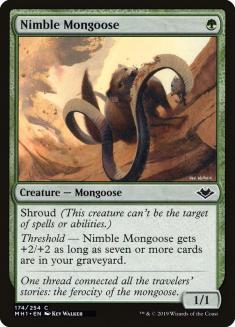



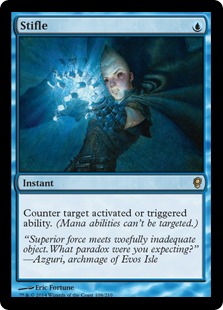
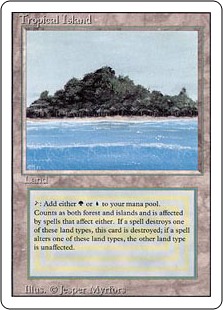
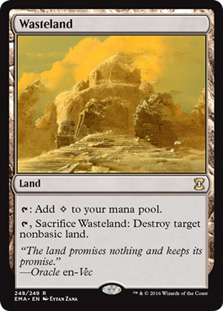
After glancing at the hand, I said keep without even really thinking about it. I’ve got some guys, a land and a Wasteland, and some spells— seems good enough for me. Honestly, though? This hand sucks pretty badly.
Nimble Mongoose is not going to provide a ton of early pressure, and it definitely has diminishing returns. If one Mongoose is going to be so-so, three of them is going to be disastrous. Each extra Mongoose is a spell or fetchland that is not going in the graveyard, which means it is going to be pretty difficult to reach threshold in a timely manner. While this hand does have the colored mana to cast most of its spells, there is a lot of tension between casting our 1/1 Nimble Mongeese and wanting to leave mana open for a Stifle that may not even hit anyway. We have a Lightning Bolt we can’t cast and are extremely vulnerable to Wasteland. We are also on the draw and have no good answer to any combo deck or busted opening from any unfair deck.
Considering all these factors, this no-brainer keep really starts looking like a no-brain keep.
- How well does my deck mulligan?
One of the things in common with every deck I have used as an example today, and most decks I typically play, is that they all tend to mulligan very well. They’ve got Brainstorm, Divination, or other types of card advantage, and they can usually recover from being down a card or two without much trouble.
Goblins is definitely a good example of this, as I’ve won countless games with the deck on four or five cards.
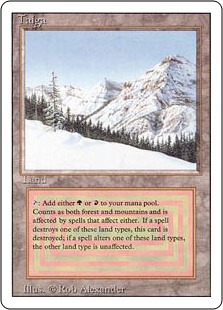
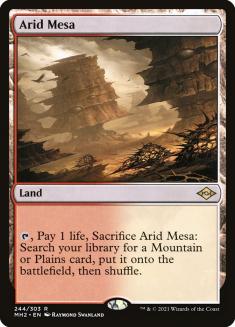
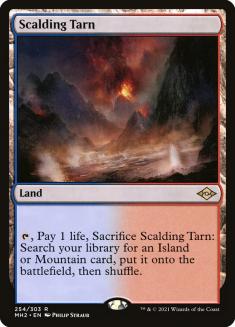
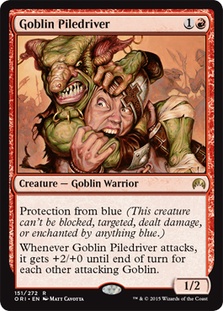
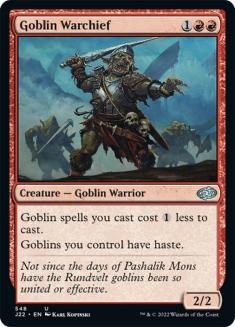
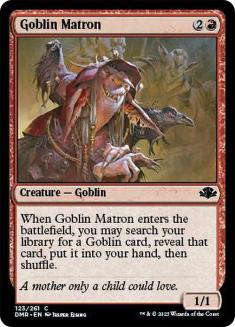

A hand like this is one of the easiest trap hands with a deck like Goblins, and it fails pretty much every test we’ve asked so far. While it does technically have enough lands and it isn’t really concerned if it’s on the play or the draw, it fails our other three major tests horribly.
This hand doesn’t really care about what it’s playing against because it’s literally bad against everything. Against a combo deck we have no pressure, against an aggressive deck we have no defense, and against a slower deck we have no way to ensure our spells resolve or disrupt them.
This hand doesn’t follow our plan at all – our main plan with our deck is to play one of our extremely powerful one-drops (Aether Vial or Goblin Lackey) and then use the mana advantage we gain from them to allow us to Wasteland and Rishadian Port our opponents, disrupting them while we gain card advantage from Gempalm Incinerator, Mogg War Marshall, and Goblin Ringleader.
This hand is also just bad; it can’t beat a few removal spells, a Daze, a Wasteland, any combo deck, and it does nothing to take advantage of our best cards.
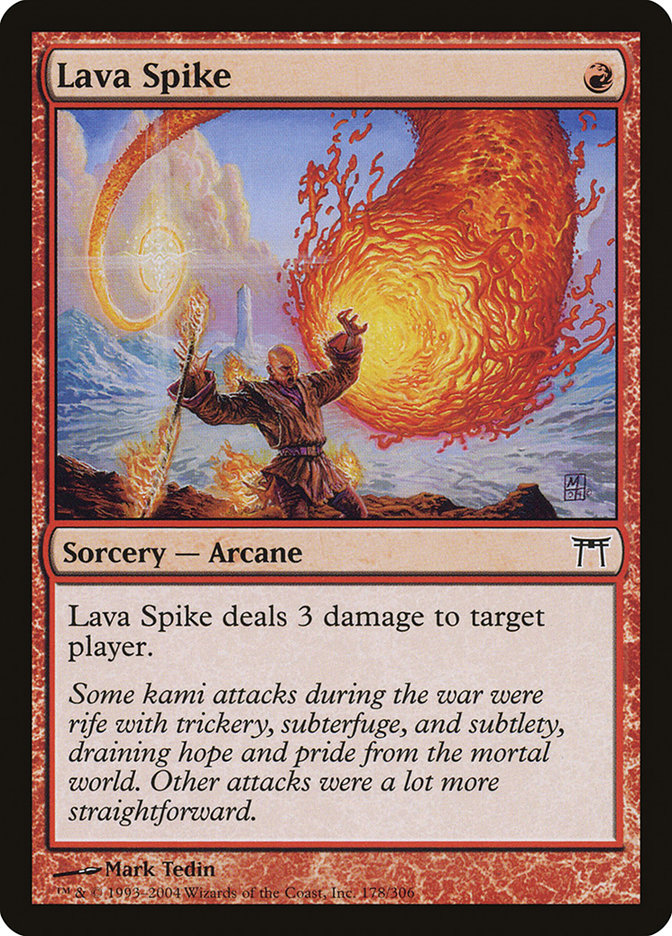
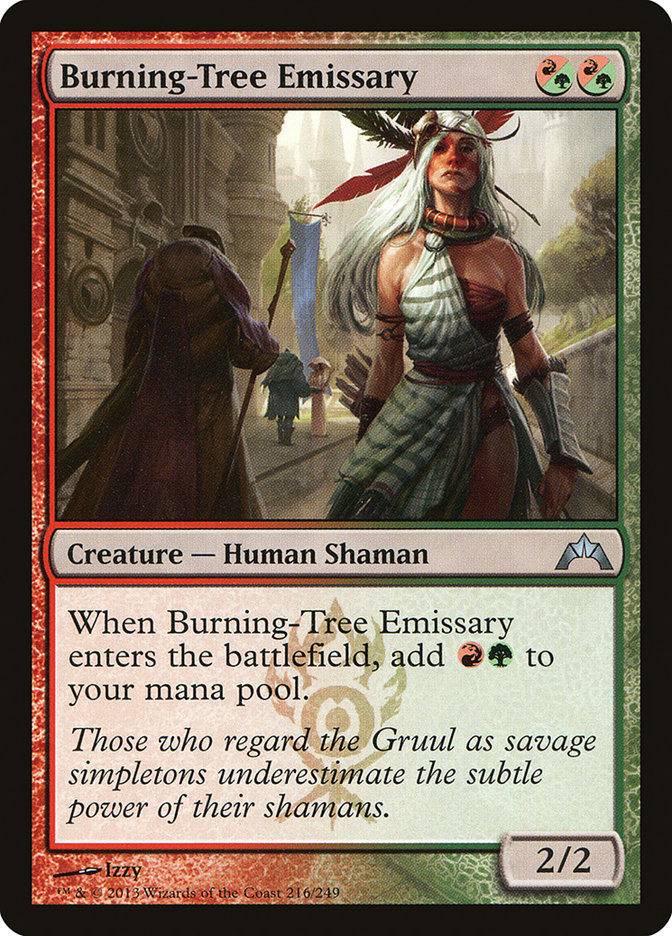
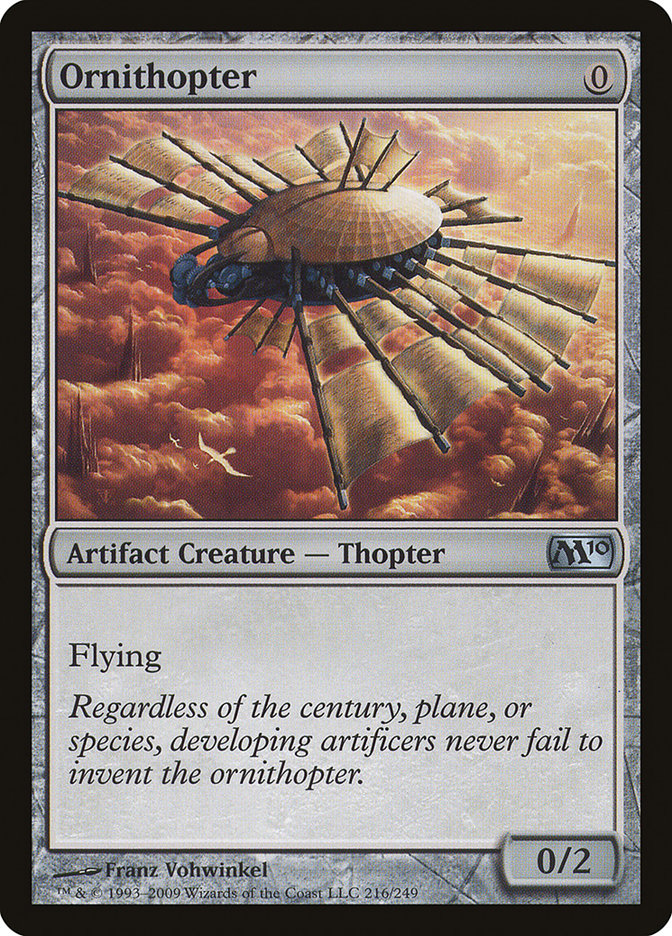
However, while the decks I often play do mulligan well, many decks don’t – and it is important to understand that if you are going to play a deck like Burn in Legacy, Mono-Red or Mono-Green Devotion in Standard, or Affinity in Modern: sometimes you are going to have to keep slightly riskier hands because going down a card is such a huge cost.
- Do you want to win?
It’s tough to take a mulligan in a big match sometimes. The unknown is scary, and what if you six carder is six lands and you have to go to five in game three of your Top 8 match?

But sometimes you’ve just gotta recognize that you need to cast that free Timetwister and give yourself the best chance to win the game. I was punished heavily for many of these bad keeps in the last few tournaments, and while I may still have lost on six cards I didn’t give myself the best chance to win.
Bonus Vintage Masters 3-0 Draft Deck
I’ve been doing a bunch of Vintage Masters drafts on Magic Online, and while it took me about fifteen drafts to get there, I finally ended up as a Goblin deck (mostly).
This deck was sweet, and I’ve had a bunch of success with all sorts of decks: UG Storm, UG Ramp, RW Slide, W Battle Screech, UB Aggro, and more. My record in this format has been pretty absurd, so if you guys would like to see a walkthrough or hear more about the format let me know!

